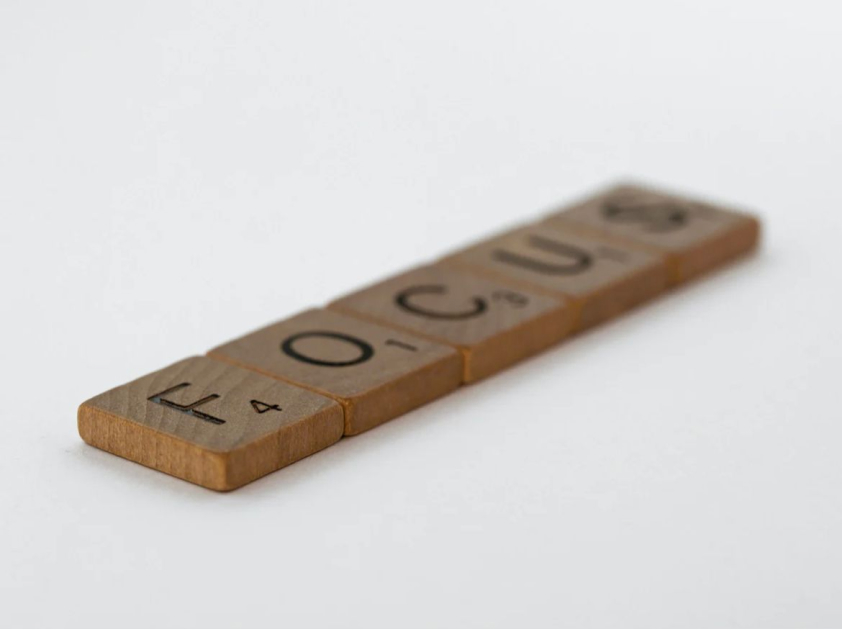Imagery, or using mental images and sensations to improve performance, has been a popular tool among athletes for decades. When used effectively, imagery can help athletes prepare for competition, overcome obstacles, and achieve their goals. One of the critical benefits of imagery is that it allows athletes to simulate the competition in their minds, allowing them to practice and perfect their performance before stepping onto the field, court, or track. This can help reduce anxiety and increase confidence, allowing athletes to perform at their best. Imagery can also help athletes overcome specific challenges, such as physical injuries or mental blocks. By visualizing themselves successfully overcoming these obstacles, athletes can build the confidence and determination they need to push through challenging situations in real life.In addition to its psychological benefits, imagery has also been shown to impact physical performance positively. Research has found that imagery can activate the same muscles and neural pathways as actual physical movements, leading to improved muscle memory and coordination.Of course, imagery is not a magic bullet and must be used alongside other training techniques and with proper guidance from a coach. Also, it’s important to note that some athletes may not find imagery helpful, so different strategies should be considered. Additionally, imagery that includes the whole competition and the environment can be more beneficial than just imagining the perfect execution of a single move. Overall, imagery is a powerful tool that can help athletes to improve their performance and achieve their goals. Whether you are a seasoned professional or a weekend warrior, incorporating imagery into your training and competition routine can help you to reach new heights of excellence.

